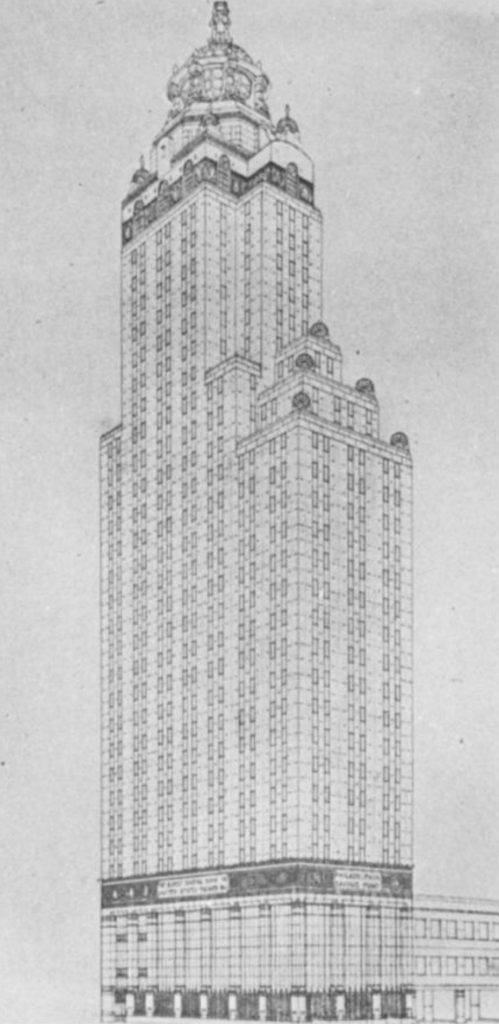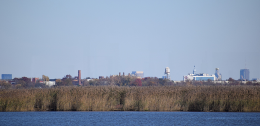YIMBY Presents Massing Renderings of the First PSFS Building Design
In the 1920s, banks were looking for space in cities around the country as the economy boomed. In Philadelphia, multiple high-rises were under construction and in proposal stages as Center City was rapidly transforming. One of these financial institutions, the Philadelphia Savings Fund Society, was scouting the city for space for a new office building and eventually selected the site at 1200 Market Street, where the William Penn Charter School once stood. Architects George Howe and William Lescaze designed the PSFS Building, which stood as one of the most massive buildings in the skyline for decades. In this feature, Philadelphia YIMBY presents massing renderings of an early iteration of the that was drawn up in 1928.





